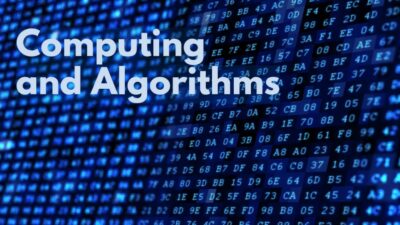This article explains how the National Institute of Standards and Technology (NIST) maintains accurate time standards, which are essential for global timekeeping. NIST-F1, a highly precise cesium fountain clock, serves as the U.S. primary frequency standard, with an uncertainty of less than 1 part in 10^15. NIST uses a real-time time scale called AT1, which combines data from multiple atomic clocks to keep time as stable as possible. UTC(NIST), the U.S. version of Coordinated Universal Time, is based on AT1 and adjusted periodically using data from the BIPM (International Bureau of Weights and Measures).
The article also outlines how UTC(NIST) is calculated in real time using specific equations and parameters, including time offsets and frequency adjustments. These values are updated monthly to ensure accuracy. Leap seconds, which account for Earth’s slowing rotation, are applied to UTC(NIST) but not to AT1. The methods and algorithms used for maintaining time accuracy are based on decades of research and are continually refined to improve precision.
Keywords: frequency standard, atomic time scale, UTC(NIST)



